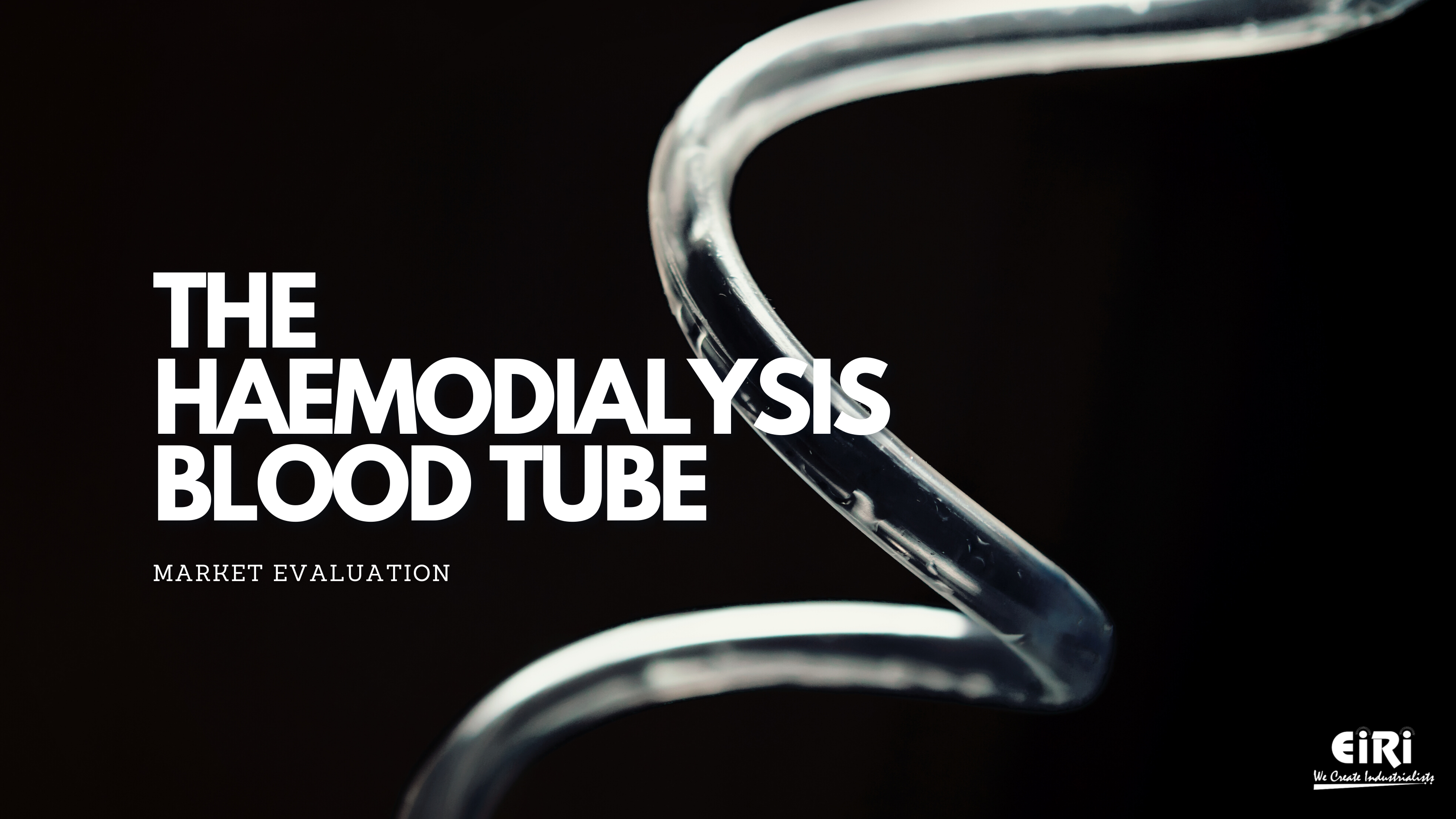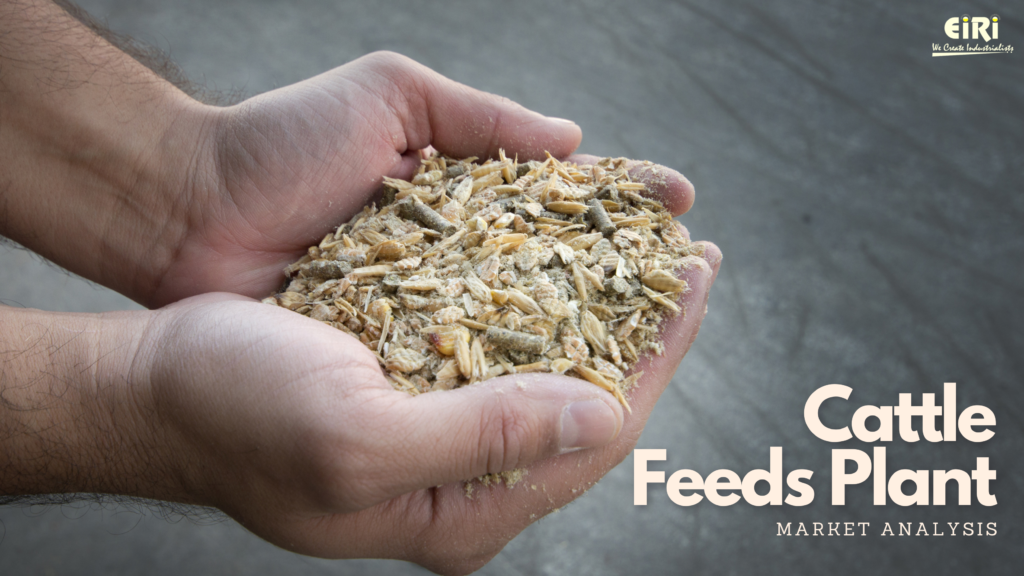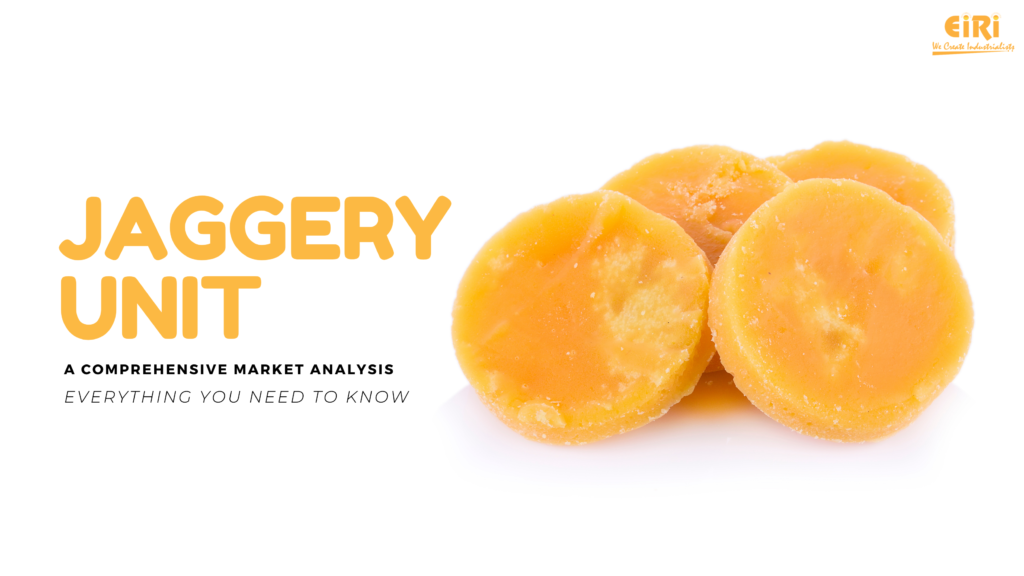Haemodialysis Blood Tube Market – 7 Things You Need to Know
The Haemodialysis blood tube market has attained significant growth owing to disparate factors such as the continued prevalence of chronic kidney disease (CKD) and associated complications, the geographical shift from developed countries to developing regions, and health care reforms. As such, the market has been estimated to cross the USD 2.5 billion evaluation in the next six years.
However, the shortage of raw materials and regulatory issues have always acted as barriers to the otherwise steady growth of this product’s market. Lack of awareness amongst the citizenry about the importance of haemodialysis further adds to the subjective challenges that the tube market faces.
To that end, this article will aim to unravel the market for haemodialysis blood tubes as it currently stands and will delve into the five most important things prospective investors need to know when considering a potential investment in this area.
- The Challenge Posed by Substitutes
The presence of substitutes is a major hurdle to the growth of the market for haemodialysis blood tubes. A good number of patients are either not aware of the necessity of haemodialysis or cannot afford it. This has led to a whole industry revolving around blood collection and transfusion, and these companies are actively seeking to develop or acquire new products that can be used in this context.
As an example, many blood centres in Europe have been using Vacutainer brand blood collection tubes for more than 50 years. The potential substitutes of haemodialysis blood tubes are the same as those of other blood bags and tubes, and its key factor is its cost-effectiveness.
- Lucrative Government Funding Aimed at Cure of Chronic Diseases
The global haemodialysis blood tube market has also received a boost from government programs aimed at curbing the rising incidence of chronic disease. Many governments are now recognizing the immense burden that chronic diseases put on healthcare budgets and are starting to introduce measures to improve the lives of those affected by them.
For example, in India, there exists a program known as the NABH (National Accreditation Board for Hospitals & Healthcare Providers) that involves rigorous assessment and review of hospitals with respect to their infrastructure, staff, services offered, etc.
- Chronic Kidney Disease Prevalence
The global prevalence of chronic kidney disease (CKD) saw a 29.3% increase from 1990 to 2017. Although the prevalence hasn’t changed much when considered with respect to age, CKD still finds itself in the thick of the modern-day healthcare discussion. Ellen Carney from Nature Reviews Nephrology cites the ageing population as one of the reasons for the same. On average, haemodialysis patients are >65 years old, and they comprise a large number of people who have pre-existing cardiovascular or pulmonary diseases.
- The Case of Geographical Shift
The market for haemodialysis blood tubes is witnessing a significant geographical shift. Developed nations are giving way to developing countries, and the overall healthcare infrastructure is in the process of evolving toward a more patient-centric model — as is the case with India, where a large number of hospitals are concentrated in big cities while smaller towns remain ill-resourced — something that is being addressed by the authorities for some time now.
- The Challenge Posed by Healthcare Reforms
Health care reforms will prevent financial institutions from functioning as before, and this will lead to a significant increase in competition among the major players in this field. It has already been seen that blood collection and transfusion companies are trying to get ahead of this curve by investing in haemodialysis devices.
- The Case for Technological Disruption
New technologies to synthesize cadmium-free, ultra-flexible synthetic tubings are being extensively researched and developed, owing to rising demand from both developed as well as emerging markets. This could change the game entirely, given that the market for haemodialysis blood tubes does not have any product that is free of cadmium.
To quote a case in point, the increase in demand for blood tubes is being felt by the market leaders such as Medtronic, Cook Medical, and Terumo BCT. It is expected that the sharp growth curve of the haemodialysis blood tube market will be followed up with an equally steep rise in the sales of related products.
- The Covid Effect
With Covid, cases have emerged over nonelderly adults developing acute kidney injury (AKI) — another ailment that entails dialysis, and thus, the use of haemodialysis blood tube. However, several factors, including the fear of going to the hospitals, must have contributed to people not carrying out regular dialysis (This is an assumption and not an established fact). It remains to be seen how the pandemic influences this market in the coming months.
To know more about the global haemodialysis blood tube market, order the Haemodialysis Blood Tube Market report now. The report provides key statistics on the market status of the product and further sheds light on the opportunities for growth and investment in this sector.




